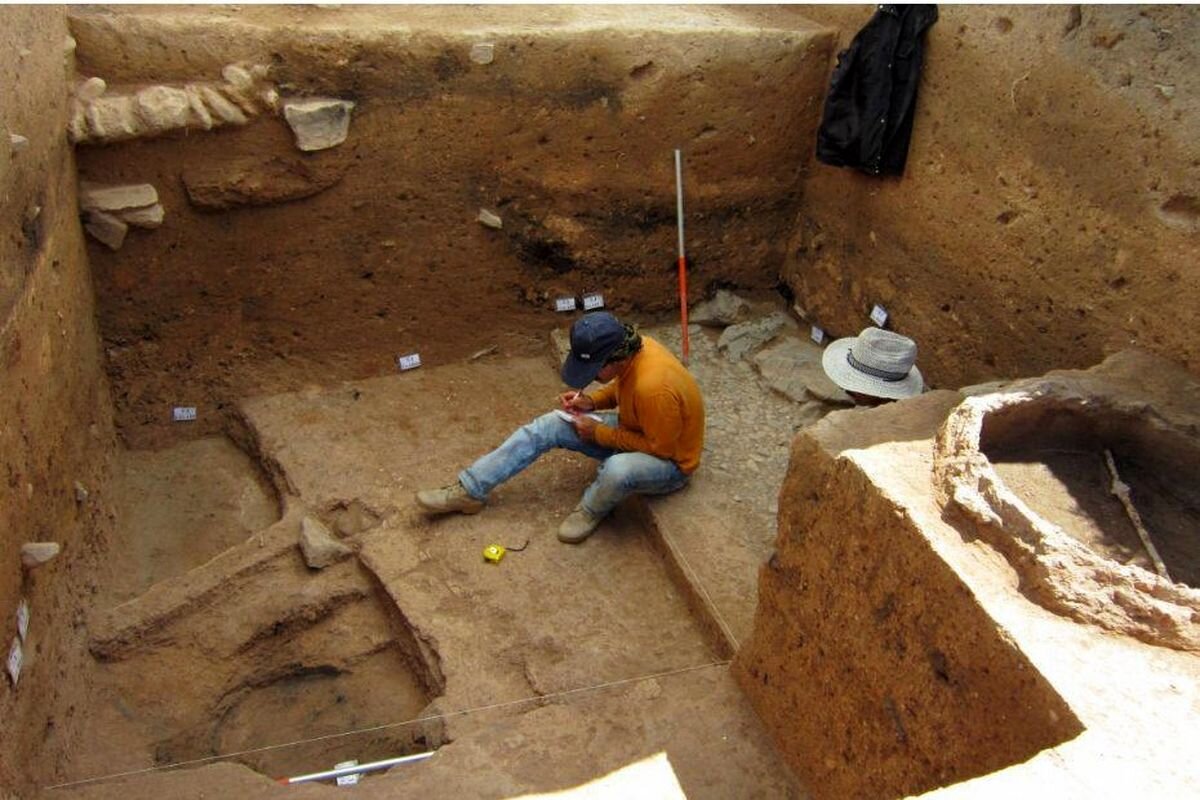Unearthing mysteries of the Bronze Age: archaeologists explore Kordestan region

TEHRAN - Archaeologists have commenced a new excavation season on an ancient cemetery in the Saqqez region of Kordestan province, western Iran.
The cemetery has previously yielded human remains and various burial objects estimated to date back to the Bronze Age, which makes it a significant area for historical exploration, Tasnim reported on Sunday.
The current digs are especially important in terms of clarifying the dark corners of human life during the Bronze Age.
During the current excavation, archaeologists will be studying a range of issues that give insight into the way of life of people who lived in the region during that era.
Researchers will delve into how people were buried, their beliefs and ideas, the artwork and crafts they produced, and the diversity of their food.
The archeological excavation in the Saqqez region is being carried out under the supervision of the Research Institute of Cultural Heritage and Tourism in collaboration with several local institutes.
The excavation is hoped to shed new light on the customs, traditions, and way of life of the people who inhabited the region during the Bronze Age.
Moreover, the excavation is being carried out in a carefully planned manner to ensure that the remains and antiquities are preserved and protected.
The results are expected to be of great interest and value to scholars, researchers, and the general public alike, offering a glimpse into a fascinating period in humanity's history of the region.
Kordeston, also spelled Kurdistan, is a geographic region in western Iran, which is bounded by the Iranian region of Azarbaijan on the north, and it borders Iraq on the west. The name Kordestan means “Country of the Kurds,” referring to the region’s principal inhabitants.
According to the available data, the first well-documented evidence of human habitation on the Iranian Plateau was found in several excavated cave and rock shelters, located mainly in the Zagros Mountains of western Iran, dating to the Middle Palaeolithic or Mousterian period (c. 100,000 BC).
From the Caspian in the northwest to Baluchestan in the southeast, the Iranian plateau extends for close to 2,000 km. The land encompasses the greater part of Iran, Afghanistan, and Pakistan west of the Indus River, containing some 3,700,000 square kilometers. Despite being called a “plateau”, it is far from flat but contains several mountain ranges, the highest peak being Damavand in the Alborz mountain range at 5610 m, and the Dasht-e Loot east of Kerman in Central Iran, falling below 300 m.
AFM
